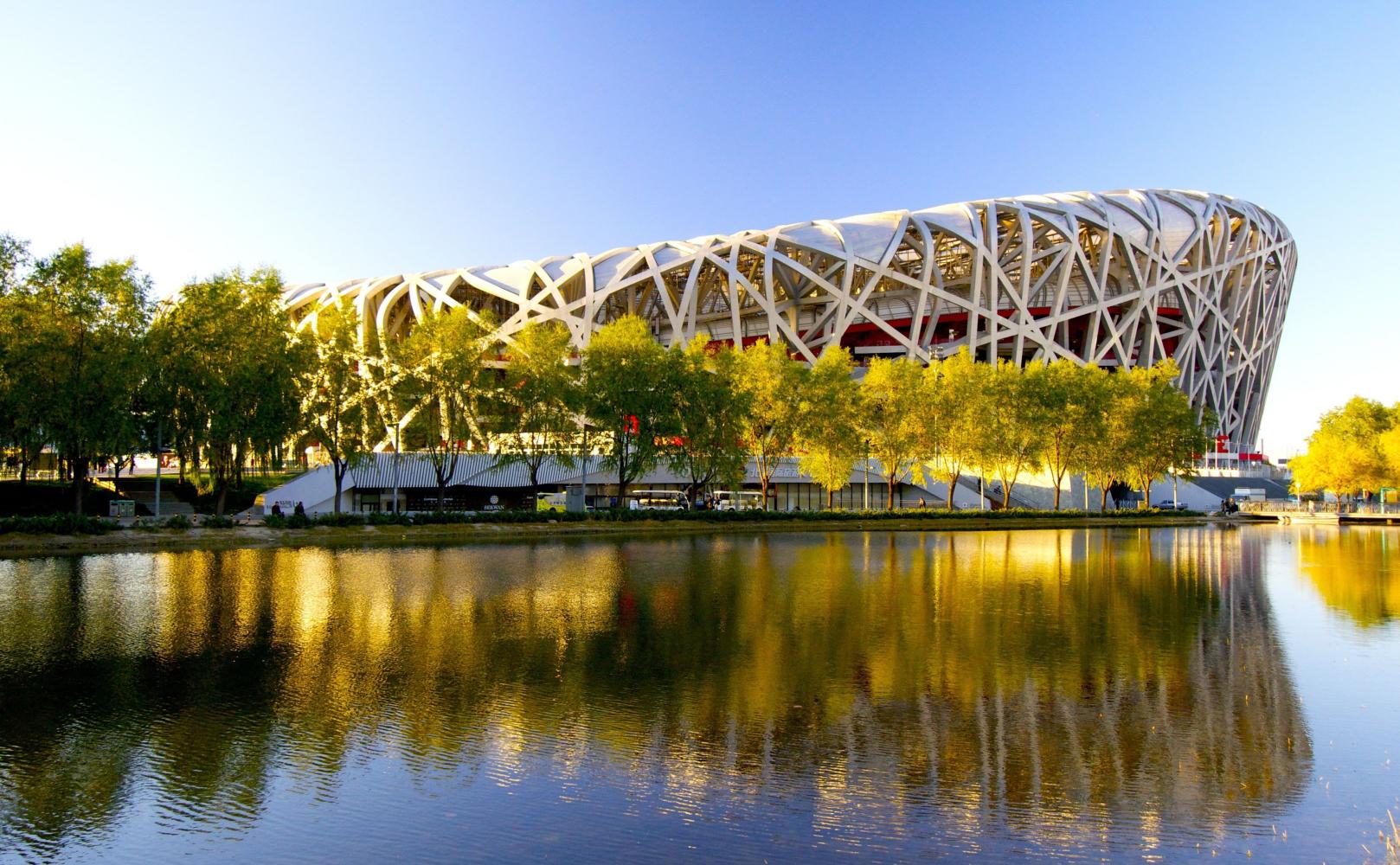Beijing is both a city and a province. As a city, it is the capital of the People's Republic of China and one of the four direct-controlled municipalities in China, alongside Shanghai, Tianjin, and Chongqing. As a province, Beijing is also known as a province-level administrative division, which means it has the same administrative rank as a province.
1045 BC - 221 BC: During the Zhou Dynasty, Beijing, then known as Ji, became an important regional capital. It served as a center for agriculture, trade, and culture, marking the beginning of its significance in Chinese history.
221 BC - 1368 AD: Beijing's importance continued to grow during subsequent dynasties, including the Qin, Han, Sui, and Tang. It became a political, economic, and cultural hub, with the establishment of city walls, markets, temples, and administrative institutions.
1267 AD: Under the rule of Kublai Khan, the Mongol emperor, Beijing was established as the capital of the Yuan Dynasty. The city, then known as Dadu, was designed as a grand imperial capital, with the construction of the Khanbaliq city walls and the Forbidden City.
1406 AD - 1420 AD: The Yongle Emperor of the Ming Dynasty relocated the capital to Beijing and initiated the construction of the Forbidden City. This marked the beginning of Beijing's status as the capital of China for the next 500 years.
15th - 19th Century: Beijing flourished as the political and cultural center of China during the Ming and Qing dynasties. It witnessed the construction of iconic landmarks such as the Temple of Heaven, the Summer Palace, and the Ming Tombs.
1860 AD: During the Second Opium War, British and French forces looted and burned the Old Summer Palace (Yuanmingyuan), a cultural tragedy that deeply affected Beijing.
1912 AD: Following the fall of the Qing Dynasty, Beijing became the capital of the Republic of China. It underwent modernization efforts and witnessed the establishment of the Nationalist government.
1949 AD: The People's Republic of China was founded, and Beijing became the capital once again, this time under Communist rule led by Chairman Mao Zedong. The city underwent significant transformations as part of socialist development plans.
1958 AD - 1961 AD: Beijing experienced rapid industrialization and urbanization during the Great Leap Forward, a nationwide campaign aimed at accelerating China's economic growth. However, it also led to significant social and economic disruptions.
1966 AD - 1976 AD: The Cultural Revolution brought political turmoil and social upheaval to Beijing and the rest of China.
1978 AD - 1989 AD: Following Mao's death, China embarked on economic reforms and opening up under Deng Xiaoping's leadership. Beijing witnessed rapid urban development, economic growth, and increasing international engagement.
1989 AD: The Tiananmen Square protests and subsequent military crackdown cast a shadow over Beijing's international image and led to a period of political tightening in China.
2001 AD: Beijing won the bid to host the 2008 Summer Olympics, prompting extensive urban redevelopment and infrastructure projects to prepare the city for the global event.
2008 AD: The Beijing Olympics showcased China's modernization achievements and marked a turning point in the city's global stature, solidifying its position as a major international metropolis.
2022 AD: Beijing hosted the Winter Olympics, becoming the first city to host both the Summer and Winter Olympics. The event showcased Beijing's capabilities as a host city and its commitment to sustainability and innovation.
